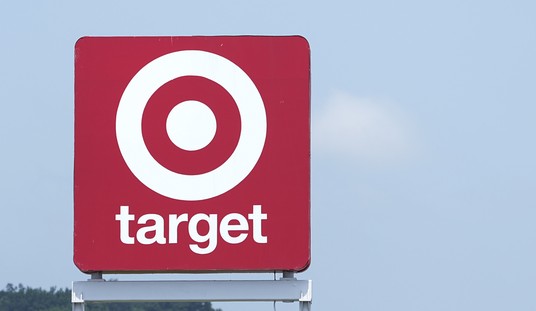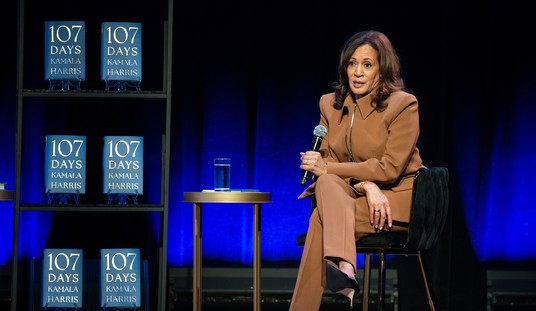So popular have President Trump’s raucous rallies across the country become that many supporters arrived 24 hours early to be assured of a seat last week in Houston. Think standing room only and overflow crowds and electricity in the air.
One reason why the rallies have been so effective in stirring up voter enthusiasm is that Trump really appears to enjoy them himself. Supporters get the feeling that their President really wants to be there, that they matter to him. The media coverage alone for these events makes them worthwhile.
Trump has just added “an 11th rally to his final six-day blitz…but only two competitive House seats lie within these locations.” And this has people wondering if it’s possible that Republicans have already given up on retaining the majority in the house?
Trump 2020 presidential campaign manager Brad Parscale spoke to FoxNews’ Martha MacCallum last night and my first thought was, “He doesn’t believe that Republicans can hold onto the House.” He spoke of winning the Senate, which is almost assured, and added that he was “hopeful” about the House. If he had said something specific, I would quote him here. It was more the feeling I had after watching him speak that made me realize, for the first time as crazy as that sounds, that Republicans may lose the House majority. I’ve always maintained the belief that, somehow, despite the odds, Republicans would pull it off.
There are several reasons why, despite the Nate Silvers of the blogosphere, I believed, and now merely hope, that Republicans would find a path to victory. First, we need only to remember the election of 2016 to know that polling is an inexact science and that poll results can’t be relied upon to accurately predict the outcome of an election.
Next, there was a measurable increase in momentum for Republicans in October. Voter disgust over the Kavanaugh Senate confirmation hearings, a strong economy, favorable trade deals had been made (once thought impossible) and many other accomplishments had put Republicans back in the game. These factors and many others have bumped Trump’s approval rating up to the critical 45% threshold where the “coattail effect” starts to have a significant down-ballot impact.
The current Real Clear Politics average stands at 44.2%. Rasmussen, which admittedly has a pro-Republican bias, shows Trump at 50%. But even the NBC News/Wall Street Journal poll has him at 45%.
Another favorable is Trump’s ability to attract independent voters. And in House races, independent voters can make all the difference. Trump won the presidency because he was able to win the independent vote by a 46% to 42% margin (nationally).
In the battleground states he won – and he won almost all of them — Trump overwhelmingly carried independent voters in Michigan (+16), Wisconsin (+13), Pennsylvania (+7) and North Carolina (+16). After the bruising Brett Kavanaugh confirmation battle, some polls are showing movement with independent men breaking in the GOP’s direction.
I have updated my list (at the end of this post) of the 30 House races that are currently considered by Real Clear Politics (RCP) to be toss ups. When I first posted this list on October 12th, there were 32 toss up races. This doesn’t mean that two races became easier to call and were removed from the list. There has actually been a great deal of movement between categories over the past two months.
Since October 1st, seventeen house races have moved from the “toss up” category to “leans GOP,” compared to only six shifting from “toss up” to “leans DEM.”
Over the same period, five races changed from “leans GOP” to “toss up” and six from “leans DEM” to “toss up.”
The stats from last month tell a different story. In September, seven races changed from “toss up” to “leans DEM,” compared to only one that shifted from “toss up” to “leans GOP.” At the same time, six races moved from “leans GOP” to “toss up,” while none at all went from “leans DEM” to “toss up.”
I then looked at each of the 30 races to see if it might be possible to predict the likely direction based on recent polls and how a particular district voted in the last two presidential elections. For most of them, I was unable to make an educated guess. I gave four to the Republicans, eight to the Democrats and left 18 in the toss up column.
If you take the 205 seats that RCP has ranked as either likely or leans DEM, plus the 8 races that, if there were no toss up category, might lean DEM, they start with 213 of the needed 218.
Larry Sabato’s Crystal Ball shows similar numbers. They “reported last week that, although Democrats were favored to win the House, they’ve solidified the pickup of only 19 seats so far — leaving them four short of the number needed to claim the majority.”
His new cautious tone is good news for Republicans. It wasn’t too long ago that Sabato was talking about a blue tsunami.
For the Republicans, that number would be only 204 and they would have to win 14 of the 18 in “my” toss up column, which sounds like a lot to hope for. And if all pollsters were completely objective, it would definitely be too much to hope for.
But Republicans generally tend to outperform polls. Most of these candidates are within a point or two of each other. If we adjust for the fact that most major pollsters lean to the left and it’s nearly impossible for them to maintain absolute objectivity in their results, then the outcome looks a little different.
NY Times/Sienna polls are conducted for most of the House races. Five districts on RCP’s toss up list are located in California. Berkeley IGS and NY Times/Siena have conducted all of the polling for these districts. Unfortunately, we have no way of knowing if or how much pollster bias has affected the poll results, but when the only pollsters are the NY Times and Berkeley…well, you get the idea. Out of these five CA races, without adjusting for pollster bias, two look to lean DEM while the other three look to be genuine toss ups.
Unfortunately, the last week has introduced some unexpected headwinds for the GOP. The pipe bomber story has prompted more than the usual amounts of criticism of the President. And last weekend’s deadly shooting at the Tree of Life Synagogue in Pennsylvania has only accelerated those attacks. One MSNBC journalist said that Trump has radicalized more people than ISIS.
October has historically been a volatile, often spooky, month for the stock market and this October did not disappoint. The current correction has been especially vicious and has weakened the GOP’s ability to tout the strong economy.
These developments have stopped, or at least slowed, the GOP’s momentum moving into the final stretch.
Though I’ve lost much of my enthusiasm, there are still three reasons for some optimism. Republicans still have a shot at victory in the House if Republican voter turnout is stronger than Democratic turnout or if the polls are as wrong next week as they were two years ago. And there is always the possibility that Donald Trump may have an October surprise of his own. If he does, we need it now. Please.

















Join the conversation as a VIP Member